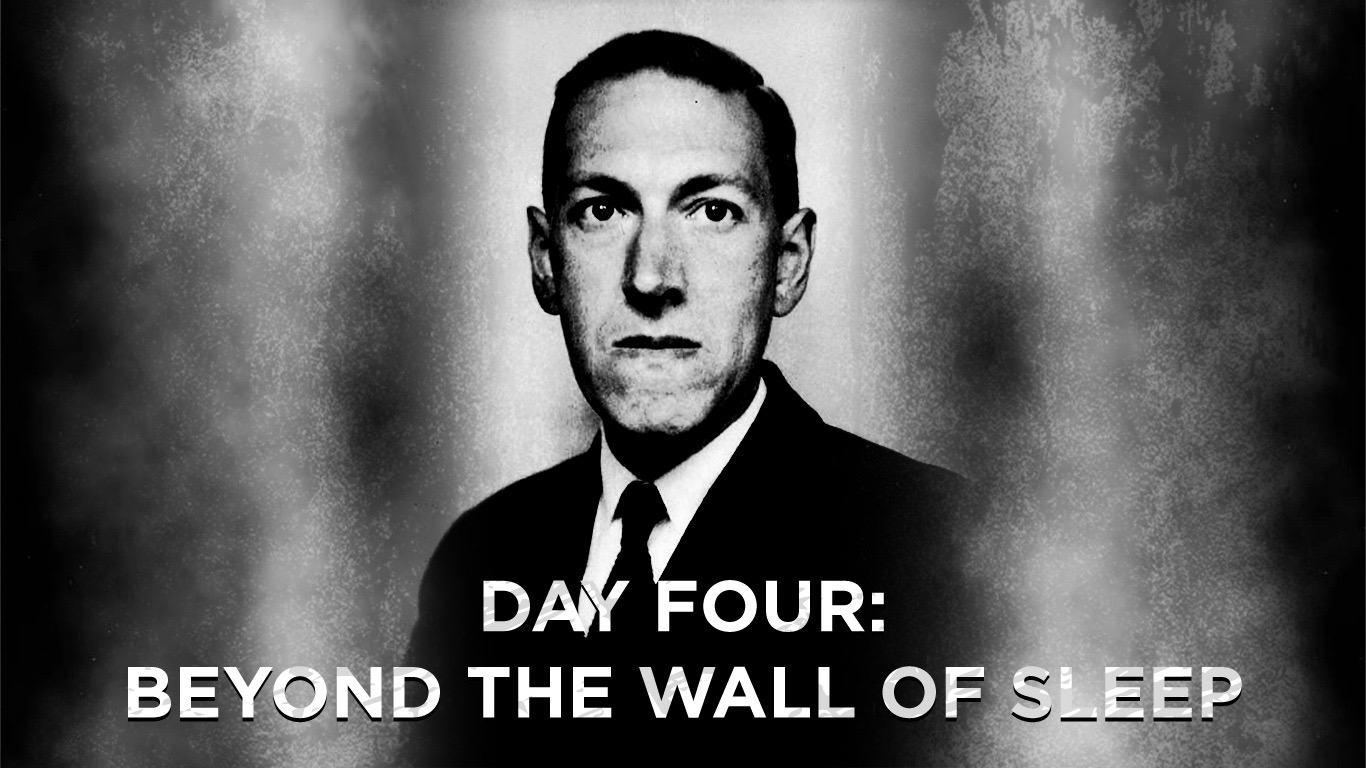Beyond the Wall of Sleep

In accordance with a custom that has become as much ritual as indulgence, I persist in my daily readings throughout this haunted month of October, immersing myself in the cryptic and eldritch narratives penned by the very architect of cosmic dread, H.P. Lovecraft. On this particular day, I find myself drawn inexorably into the strange and haunting corridors of his work, “Beyond the Wall of Sleep,” where realms beyond our comprehension glimmer darkly on the edge of perception.
It had long been my belief that human thought consists basically of atomic or molecular motion, convertible into ether waves of radiant energy like heat, light, and electricity. This belief had early led me to contemplate the possibility of telepathy or mental communication by means of suitable apparatus, and I had in my college days prepared a set of transmitting and receiving instruments somewhat similar to the cumbrous devices employed in wireless telegraphy at that crude, pre-radio period.
Our narrator, a former intern at that dread institution, the mental hospital, recounts a singularly unsettling encounter with one Joe Slater, a man whose brutal hands had delivered him to the clutches of law and madness alike. Slater, a coarse and untutored denizen of the wild Catskill Mountains, had been condemned for murder, his mental faculties deemed shattered beyond repair. Yet, from the moment of his confinement, there emerged in him a wild and otherworldly fury, manifesting in violent seizures and ravings, incomprehensible to those around him. Nightly, Slater would plunge into these fearful fits, each outburst more lurid than the last, describing in his crude vernacular visions of a burning entity—an astral presence bent on vengeful retribution. The doctors, baffled by the savage’s uncouth and rustic nature, could not fathom how such untaught lips could shape such spectral images.
It was then that the narrator, seized by a morbid curiosity and remembering the strange apparatus he had once devised for the purpose of telepathic communion, resolved to investigate further. This device, born of the radical theory that thought might indeed be a form of radiant energy, had yet yielded no success. But now, as Slater teetered on the edge of oblivion, the narrator fastened his creation to Slater’s fevered brow. What followed shattered the foundations of all the narrator had known. Through the medium of this deranged mind came a revelation—an ancient truth too horrible to contemplate. A being of light, inhabiting Slater’s form but unbound by flesh, spoke of realms beyond sleep, where their slumbering souls wander amongst unfathomable planes, untouched by mortal understanding.
The being revealed its impending battle with an eternal nemesis near the distant star Algol, a conflict waged in a realm where matter was meaningless. When Slater at last succumbed, a brilliant star flared into existence near Algol, burning bright in the night sky before fading over the following weeks. The eerie coincidence left me pondering whether Slater’s death had not merely been a release but the herald of something far more cosmic and terrifying.